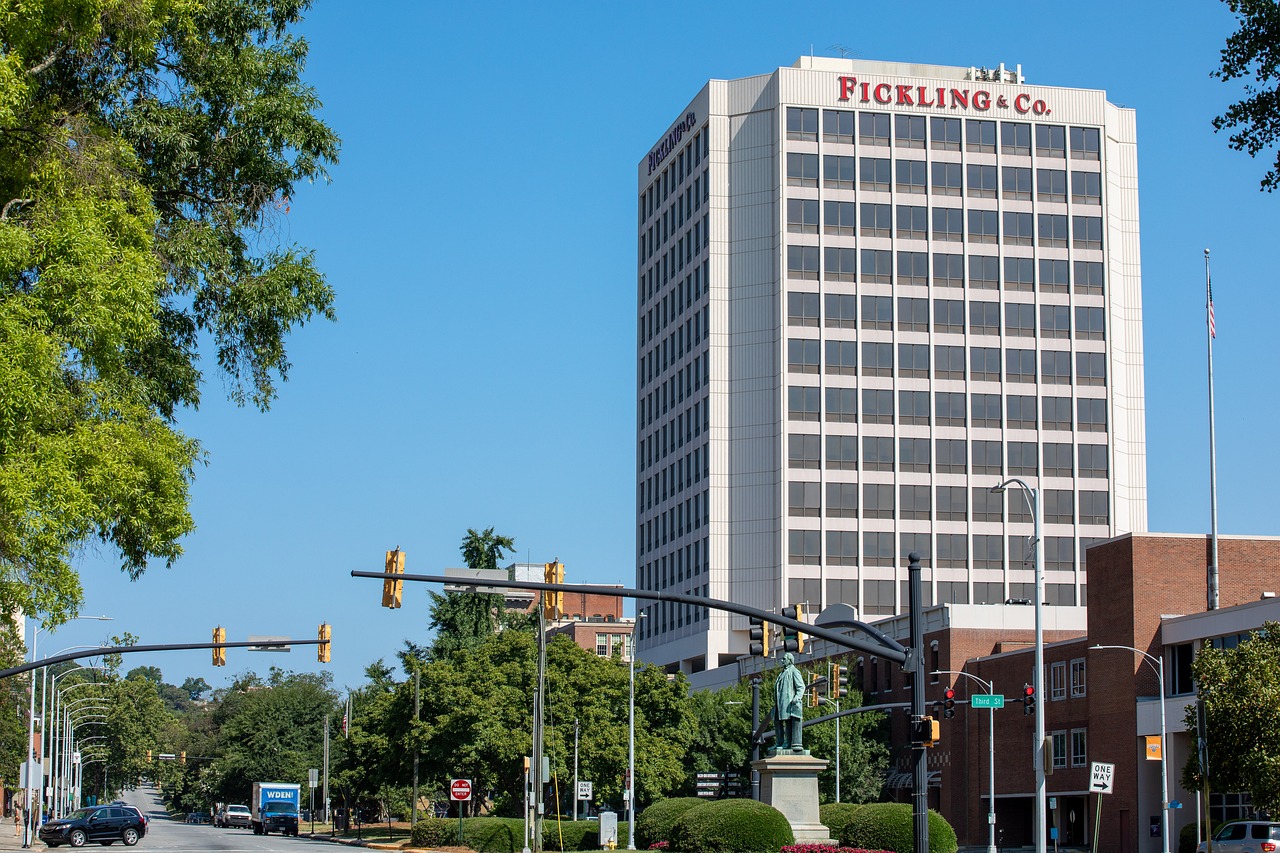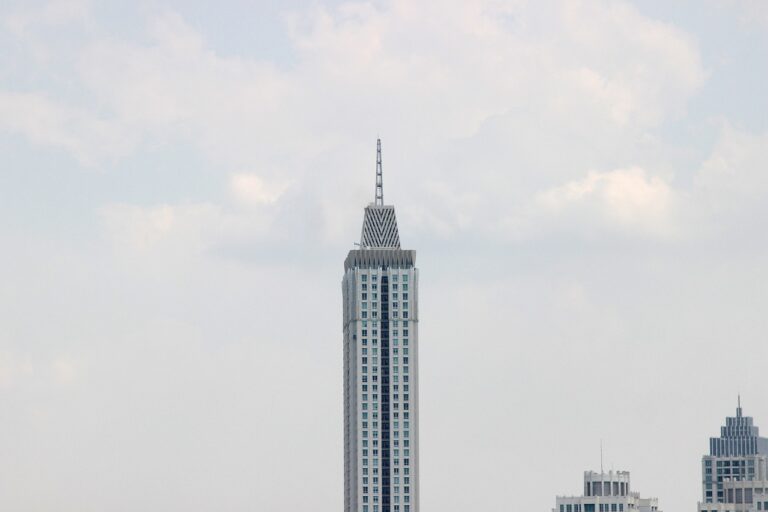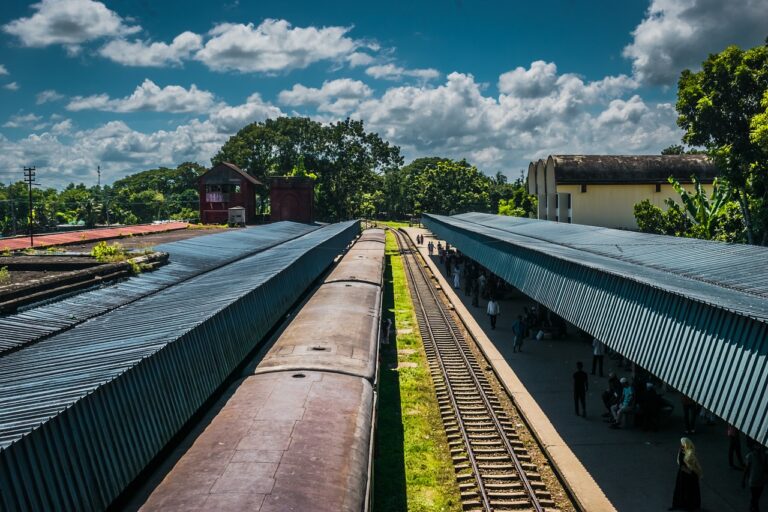Trends in Energy-Efficient Lighting Solutions for Buildings: World 7 login, Mahadev book id login, Silver777 login
world 7 login, mahadev book id login, silver777 login: Energy-efficient lighting solutions have become a top priority for building owners and operators looking to reduce energy consumption and lower utility costs. With advancements in technology and innovation in the lighting industry, there are several trends emerging that are shaping the way buildings are illuminated. In this article, we will explore some of the latest trends in energy-efficient lighting solutions for buildings.
The Shift to LED Lighting
One of the most significant trends in energy-efficient lighting is the widespread adoption of LED technology. LED lights are highly efficient, consuming up to 80% less energy than traditional incandescent bulbs. They also have a much longer lifespan, with some LEDs lasting up to 25,000 hours or more. LED lighting is not only cost-effective but also environmentally friendly, as it produces less heat and contains no harmful materials like mercury.
Smart Lighting Systems
Another trend in energy-efficient lighting solutions is the integration of smart lighting systems. These systems use sensors, controls, and software to automatically adjust lighting levels based on occupancy, daylight, and other factors. By optimizing lighting usage, smart systems can significantly reduce energy waste and improve overall lighting quality. Some smart systems can even be controlled remotely via a smartphone or computer, allowing for seamless management of lighting in large buildings.
Daylight Harvesting
Daylight harvesting is a lighting design strategy that leverages natural light to reduce the need for artificial lighting. By incorporating sensors and controls that adjust lighting levels based on the amount of natural light available, buildings can minimize energy usage during daylight hours. Daylight harvesting not only reduces energy costs but also creates a more comfortable and productive indoor environment for occupants.
Energy Star Certification
Energy Star is a widely recognized certification program that promotes energy-efficient products and practices. Many lighting manufacturers offer Energy Star-certified products that meet strict energy efficiency and performance criteria. By choosing Energy Star-certified lighting fixtures, building owners can be confident that they are investing in high-quality, energy-efficient lighting solutions that will deliver long-term savings.
Lighting Controls and Dimming
Lighting controls and dimming systems play a crucial role in energy-efficient lighting solutions. By adjusting lighting levels based on occupancy and time of day, these systems can help minimize energy waste and extend the lifespan of light fixtures. Dimming capabilities allow users to customize lighting levels to suit their preferences while reducing energy consumption. Lighting controls and dimming systems are essential components of a comprehensive energy management strategy for buildings.
Human-Centric Lighting
Human-centric lighting is an emerging trend that focuses on the impact of lighting on human health and well-being. By simulating natural light patterns and adjusting color temperature throughout the day, human-centric lighting systems can enhance mood, productivity, and overall comfort. These systems are designed to mimic the effects of natural light, promoting a more balanced circadian rhythm and reducing the negative effects of artificial lighting on the body.
In conclusion, energy-efficient lighting solutions are essential for reducing energy consumption, lowering utility costs, and creating a more sustainable built environment. By staying ahead of the latest trends in lighting technology, building owners and operators can achieve significant energy savings and enhance the overall lighting quality in their buildings.
FAQs
Q: Are LED lights more expensive than traditional light bulbs?
A: While LED lights may have a higher upfront cost, they are more cost-effective in the long run due to their energy efficiency and longer lifespan.
Q: Can I retrofit my existing lighting fixtures with energy-efficient LED lights?
A: Yes, most lighting fixtures can be retrofitted with LED lights, making it easy to upgrade to energy-efficient lighting solutions.
Q: How can I determine the energy savings potential of switching to LED lighting?
A: Energy savings will vary depending on the type of lighting fixtures and usage patterns in your building. Consult with a lighting professional to assess the potential savings of switching to LED lighting.







